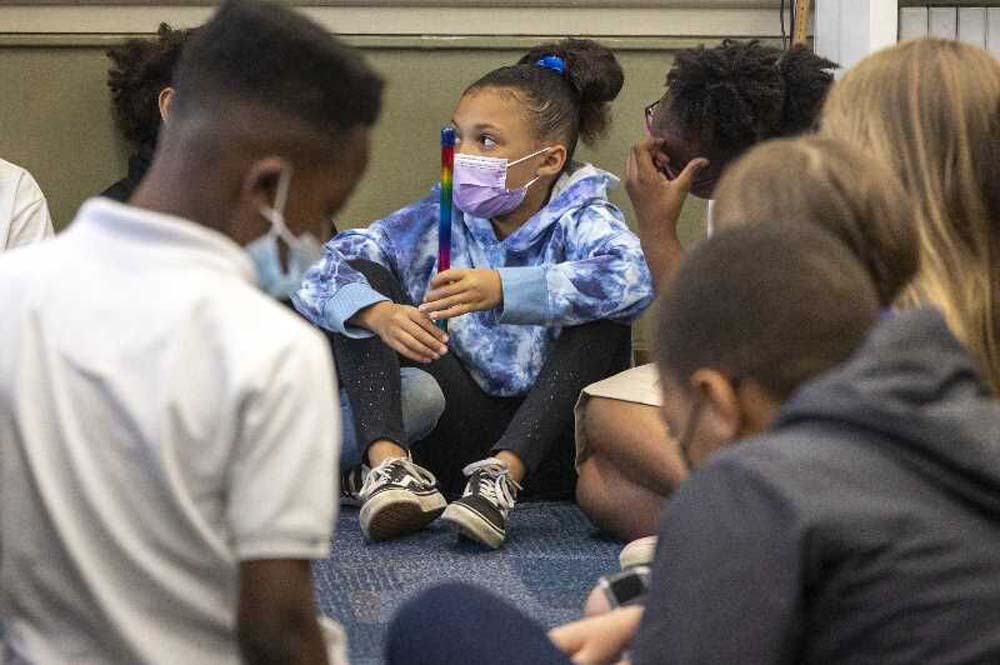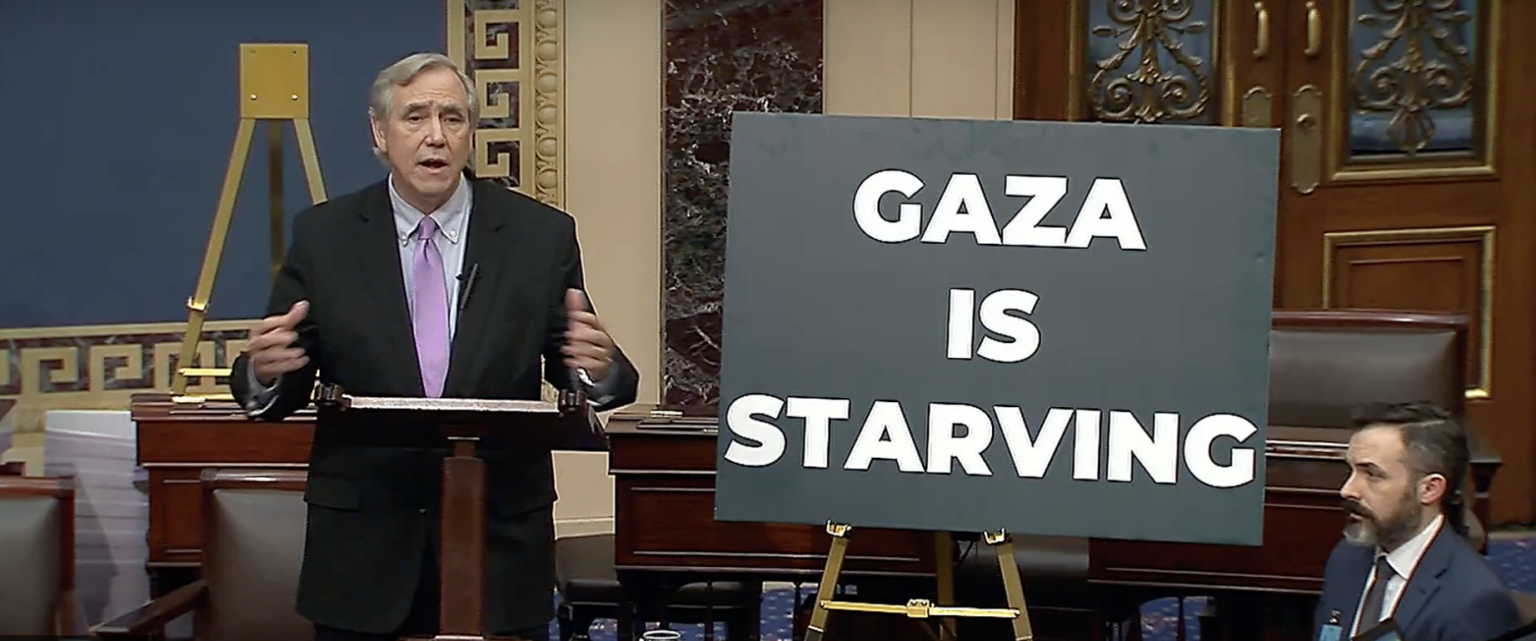Despite reforms, students of color face higher rates of punishment in Oregon schools
Published 12:00 am Wednesday, June 8, 2022

- Students at Woodlawn Elementary School in Portland take part in a talking circle. Statewide, students of color are facing higher rates of discipline than their white peers.
For many Oregon students, the consequences they face for bad behavior in school will depend largely on which school district they attend and the color of their skin.
Trending
Legislative changes in 2013 and 2015 regarding school discipline policies were intended to move Oregon schools from a zero-tolerance approach to one that aims to be proactive and preventative.
The goal was to incorporate evidence-based policies and reduce student suspensions and expulsions.
Despite reform efforts, the state is still grappling with how to make its system more equitable. School discipline policies have come into sharper focus this year, as teachers are reporting higher rates of behavior issues among students in the first full year back after distance learning.
Trending
State data shows Black and Native students in Oregon face disciplinary action at higher rates than their peers.
In 2018-19 — the most recent year that students were in school full time, for which data is available — 12.5% of Black/African American students faced punishment at school. Black students account for just 2.3% of Oregon’s public school population but accounted for nearly 4.5% of all discipline incidents that year.
Similarly, 12.4% of American Indian and Alaska Native students were disciplined. They accounted for 2.4% of all disciplinary incidents across the state, even though they represent just 1.25% of the student population.
Conversely, white students are underrepresented in the numbers. State figures show nearly 6% of all white students were disciplined. Those students accounted for 57% of all discipline but nearly 62% of the student population.
The issue isn’t unique to Oregon and even school districts with multiple equity initiatives are trying to combat rates of disparate discipline.
In Portland Public Schools, African American and Latino students faced out-of-school suspension or expulsion at vastly higher rates than their peers in 2018-19. At Ockley Green Middle School, 43 of the 89 students who faced some form of major discipline that year were Black, according to data collected by the school district. Sixteen of those students were Latino and 19 were white. Another eight were multi-racial.
Black/African American students made up less than 24% of the school’s population, but accounted for 48% of students who received major discipline. Latino students made up 24% of Ockley Green’s population and nearly 18% of those disciplined. White students accounted for 36% of the population and 21.3% of major discipline that year.
At Harriet Tubman Middle School, Black students made up 41% of the school’s population, but accounted for 70% of the 85 students who faced major discipline. Data shows 30% of Black students faced discipline that year. White students at Tubman Middle School accounted for 31% of the population and 13% of those disciplined.
“Our district is showing disproportionate rates of exclusion. They’re comparable to the state and national average and we are very well aware of this,” said Brenda Martinek, who leads the Office of Student Support Services at Portland Public Schools. “We continue to have conversations with our administrators and our central leaders.”
Martinek said the district’s new student conduct and discipline policy, coupled with its substance use policy, will help combat some of the disparities. On an administrative level, Martinek said PPS is providing professional development on racial equity, social-emotional learning and related concepts to district staff, while adding additional supports to schools to carry out restorative practices as part of a new discipline framework.
Similar statistics are found in nationwide juvenile detention centers. The University of Southern California’s Center for Health Journalism reported May 31 that BIPOC youth make up more than two thirds of the nation’s juvenile detainees, despite representing just 28% of the general youth population.
Addressing lingering disparities and equity gaps in Oregon’s schools, Lisa Joy Bateman, an education specialist with the Oregon Department of Education, said the state can intervene if officials notice a district is straying heavily from the intent of the law.
“The Oregon Department of Education is committed to improving practices statewide in ways that foster equitable outcomes for every student in Oregon,” Bateman said, noting the department collects data each year that helps identify trends or districts that may need support or intervention from the state.
Students with disabilities
While moving away from exclusionary discipline like suspension and expulsion, Oregon still allows for students to be restrained or isolated at school in extreme or high-risk circumstances. In Multnomah County, the Multnomah Education Service District operates four schools that cater to students with behavioral health issues or disabilities that make it difficult for them to thrive in traditional school settings.
A recent lawsuit filed in March against the district alleges restraint and seclusion are frequently used disciplinary tactics at the schools, despite state laws that explicitly prohibit isolation and restraint as a disciplinary tool. The lawsuit, which is still pending, claims a third grader at Four Creeks School in east Portland was subjected to repeated isolation at two different Creeks schools and, at one point, was physically assaulted by a staffer at the school. The lawsuit claims the student’s family reviewed video evidence of the abuse at the campus.
The education service district said it follows all state rules regarding special needs students.
“MESD provides several programs for students with varying disabilities and challenges. We utilize rigorous protocols, internal procedures, and processes to review on-going services. Our processes align with all the applicable rules and regulations,” said Heather Severns with MESD’s district assessment office.
Severns noted MESD submits “detailed reporting on a yearly basis or as required.”
Learn more
This story is the second in a two-part series on student discipline.







